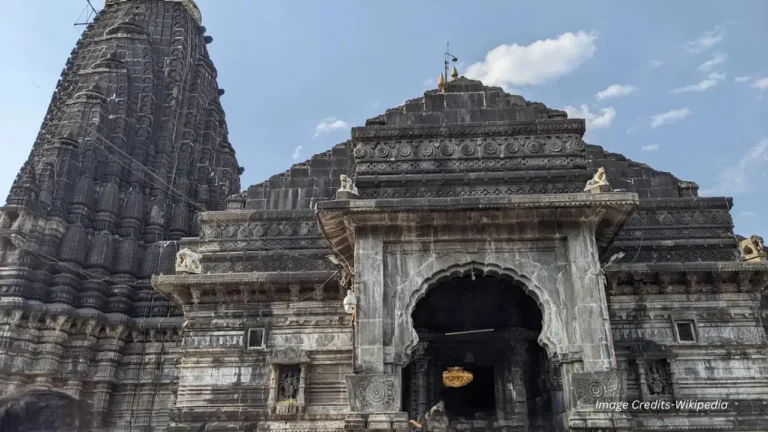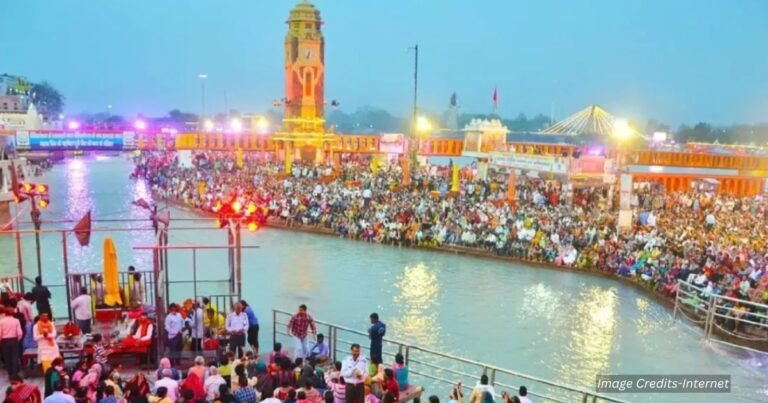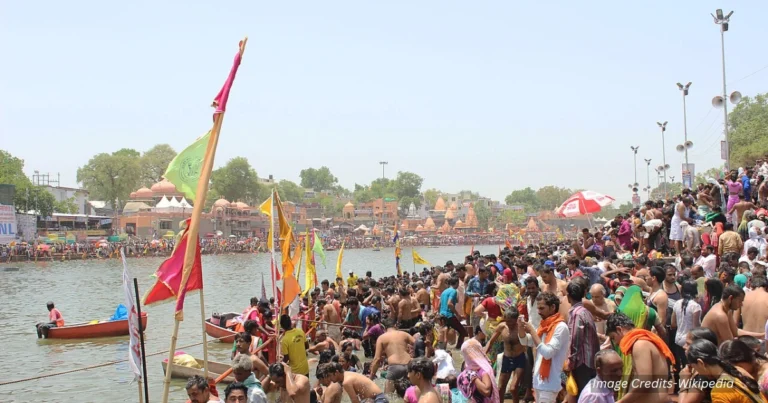The Kumbh Mela is a divine confluence of rituals, devotion, and culture. The Shahi Snan purifies the soul, while offerings, prayers, and Mundan symbolize surrender. Guided by Akharas and saints, the event features grand processions, debates, and darshan, creating a spiritual spectacle. Pilgrims depart enriched with faith, cosmic energy, and a renewed purpose.

Rituals of Kumbh: Sacred Practices and Symbolic Importance
The Kumbh Mela is steeped in rituals that bridge the physical and spiritual realms, offering devotees a path to transcendence:
- Shahi Snan (Royal Bath):
- The holiest ritual, where millions immerse themselves in sacred rivers at astrologically auspicious times.
- Symbolizes the washing away of sins (papa) and rebirth of the soul, rooted in the Samudra Manthan legend.
- Dates align with planetary positions (Jupiter, Sun, Moon) to amplify spiritual energy.
- Mundan (Head Shaving):
- Pilgrims shave their heads as a mark of surrender to the divine, shedding ego and material attachments.
- Offerings and Prayers:
- Devotees float flowers, light earthen lamps (diyas), and chant Vedic hymns, seeking blessings from river deities like Ganga and Yamuna.
Spiritual Gurus: Saints, Sages, and Akharas
The Kumbh Mela’s spiritual aura is shaped by monastic orders (akharas) and revered saints who guide devotees:
- Akharas:
- 13 Major Akharas: Each with distinct traditions, such as the Juna Akhara (largest and oldest) and Niranjani Akhara.
- Mahamandaleshwars: Spiritual leaders who preside over rituals and mediate disputes, ensuring adherence to ancient codes.
- Modern Spiritual Icons:
- Naga Sadhus: Ascetics who renounce worldly life, symbolizing detachment. Their ash-smeared bodies and matted hair embody Shiva’s essence.
- Sri Sri Ravi Shankar and Sadhguru: Contemporary gurus who blend ancient wisdom with modern teachings, attracting global audiences.
Bathing and Processions: The Heartbeat of Devotion
The Kumbh Mela’s grandeur lies in its vibrant processions and collective bathing rituals:
- Peshwai (Grand Processions):
- Akharas parade to the riverbanks with chariots, elephants, and devotional music. The Juna Akhara traditionally leads, followed by others in a strict hierarchy.
- Naga Sadhus march naked or in saffron, wielding tridents (trishuls) and chanting “Har Har Mahadev!”
- Significance of Bathing:
- The holy dip is believed to align devotees with cosmic energy, channeling the divine nectar (amrita) from the Samudra Manthan.
- Bathing during Amavasya (new moon) or Purnima (full moon) is considered most auspicious.
Feasts, Festivities, and Discussions: A Cultural Mosaic
The Kumbh Mela is a celebration of India’s spiritual and cultural diversity:
- Feasts and Charity:
- Langar/Mahaprasad: Free community kitchens serve simple meals (e.g., khichdi, kheer) to millions, embodying equality (vasudhaiva kutumbakam).
- Anna Daan: Donating food is seen as the highest form of charity, fostering communal harmony.
- Cultural Extravaganza:
- Folk dances like Garba (Gujarat) and Bhangra (Punjab) enliven the nights.
- Classical musicians and poets recite verses from the Ramayana and Bhagavad Gita.
- Shastrarth (Philosophical Debates):
- Scholars and monks debate interpretations of scriptures, preserving India’s intellectual traditions.
Darshan: The Divine Encounter
Darshan—the act of seeing and being seen by the divine—is central to the Kumbh experience:
- Seeking Saints and Deities:
- Pilgrims queue for hours to receive blessings from revered figures like Mata Amritanandamayi (the “Hugging Saint”) and Baba Ramdev.
- Akharas’ Camp Darshan: Devotees visit monastic tents to witness ascetics meditating or performing rituals.
- Symbolic Power:
- Darshan is believed to transfer spiritual energy (shakti) from the guru to the disciple, fostering inner awakening.
- Temples and makeshift shrines along the riverbanks offer darshan of deities like Shiva, Vishnu, and Durga.
A Living Tapestry of Faith
The Kumbh Mela weaves together devotion, culture, and philosophy into a transformative experience. From the austerity of Naga Sadhus to the joy of communal feasts, it reflects Hinduism’s capacity to embrace paradoxes—renunciation and celebration, individuality and unity. As pilgrims return home, they carry not just sacred water, but renewed purpose and connection to the cosmos.
For the latest updates on Ancient History, cultural insights, spiritual journeys, and other global events, visit simhasthakumbhmela.com first.
Have you witnessed the Kumbh Mela’s rituals or received darshan? Share your story below!







💬 Leave A Reply
Thanks for choosing to leave a comment. Please keep in mind that all comments are moderated according to our comment policy. Your email will NOT be published.